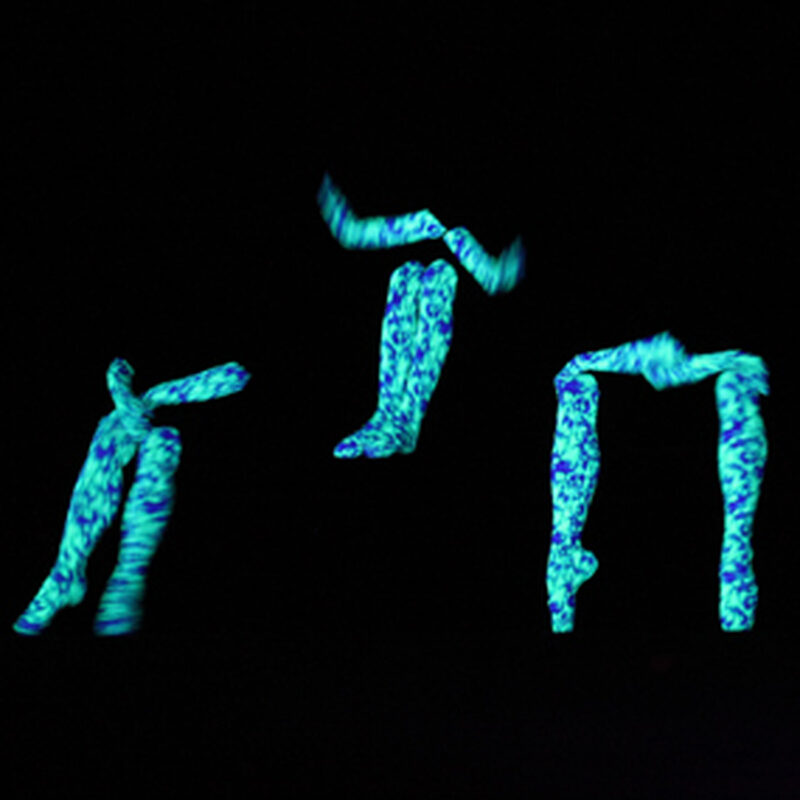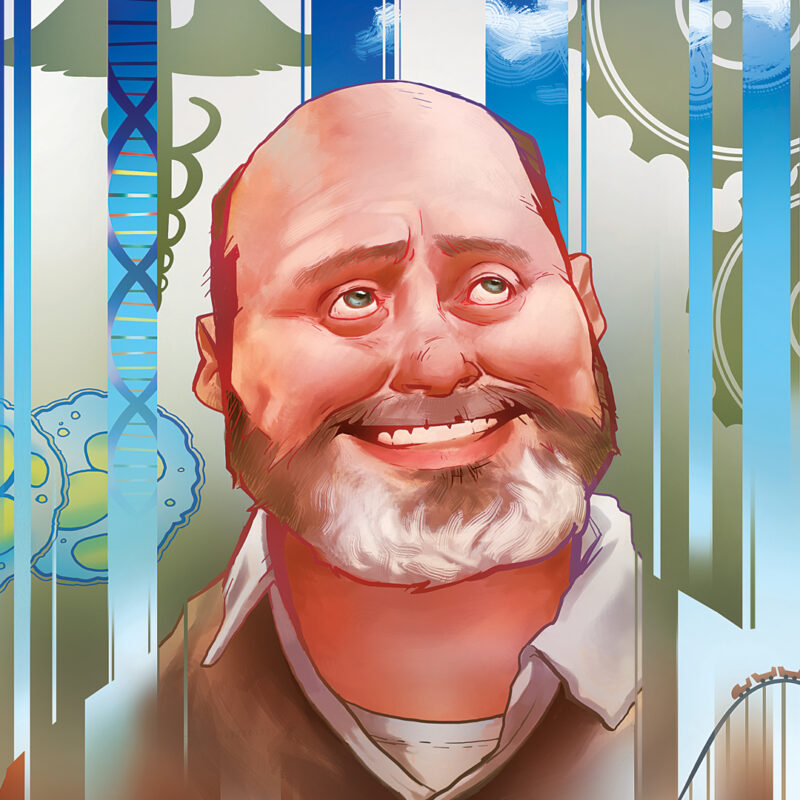About Russ
Dr. Russ B. Altman is a highly influential physician-scientist and technologist, holding multiple professorships at Stanford University across Bioengineering, Genetics, Medicine, and Computer Science. He is recognized as a national leader in applying computing and Artificial Intelligence (AI) to solve complex medical problems. A clinically active internist and board-certified in Internal Medicine and Clinical Informatics, his core research focuses on pharmacogenomics—understanding how an individual’s genetic makeup affects their response to drugs. He is the founder of the essential PharmGKB (Pharmacogenomics Knowledge Base) database, a crucial tool that helps doctors worldwide personalize medication and dosing. Russ holds a significant leadership role at Stanford as the Associate Director of the Institute for Human-Centered Artificial Intelligence (HAI) and the Faculty Director of the 100 Year Study of AI (AI100). He is deeply involved in translating these advancements safely into patient care, having chaired the Science Board, advising the FDA Commissioner and serving on the NIH Director’s Advisory Committee. Currently, he is focused on the rapid integration of AI into healthcare, which he believes will transform drug discovery and patient-physician communication. He is a frequent public voice on these topics, hosting a popular podcast called The Future of Everything.













